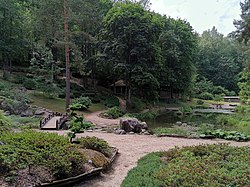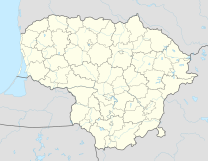
Lithuania, officially the Republic of Lithuania, is a country in the Baltic region of Europe. It is one of three Baltic states and lies on the eastern shore of the Baltic Sea. Lithuania shares land borders with Latvia to the north, Belarus to the east and south, Poland to the south, and Russia to the southwest. It has a maritime border with Sweden to the west on the Baltic Sea. Lithuania covers an area of 65,300 km2 (25,200 sq mi), with a population of 2.8 million. Its capital and largest city is Vilnius; other major cities are Kaunas and Klaipėda. Lithuanians belong to the ethno-linguistic group of the Balts and speak Lithuanian, one of only a few living Baltic languages.
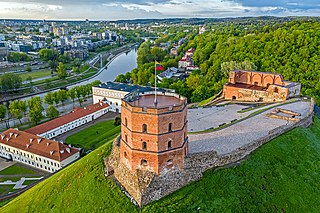
Vilnius is the capital and largest city of Lithuania, with a population of 592,389 as of 2022 or 620,814. The population of Vilnius's functional urban area, which stretches beyond the city limits, is estimated at 718,507, while according to the Vilnius territorial health insurance fund, there were 732,421 permanent inhabitants as of October 2020 in Vilnius city and Vilnius district municipalities combined. Vilnius is situated in southeastern Lithuania and is the second-largest city in the Baltic states, but according to the Bank of Latvia is expected to become the largest before 2025. It is the seat of Lithuania's national government and the Vilnius District Municipality.
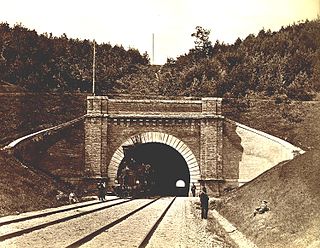
Aukštieji Paneriai is a neighborhood of Vilnius, situated about 10 kilometres away from the city center. It is located on low forested hills, on the Vilnius-Warsaw road. Paneriai was the site of the Ponary massacre, a mass killing of as many as 100,000 people from Vilnius and nearby towns and villages during World War II.

Vilnius University is a public research university, which is the oldest university in the Baltic states, and one of the oldest and most famous in Northern Europe. Today it is Lithuania's leading academic institution, ranked among the top 400 universities worldwide (QS).

The Wilno Voivodeship was one of 16 Voivodeships in the Second Polish Republic, with the capital in Wilno. The jurisdiction was created in 1926 and populated predominantly by Poles, with notable minorities of Belarusians, Jews and Lithuanians. Before 1926, the voivodeship's area was known as the Wilno Land; it had the same boundaries and was also within the contemporary borders of Poland at the time.

Vilnius Region is the territory in present-day Lithuania and Belarus that was originally inhabited by ethnic Baltic tribes and was a part of Lithuania proper, but came under East Slavic and Polish cultural influences over time.

Ignalina is a city in eastern Lithuania. It is known as a tourist destination in the Aukštaitija National Park. Ignalina is also famous for the Ignalina Nuclear Power Plant in nearby Visaginas.

Vilnius District Municipality is one of 60 municipalities in Lithuania. It surrounds the capital city of Vilnius on 3 sides, while the rest borders the Trakai District Municipality.

Żeligowski's Mutiny was a Polish false flag operation led by General Lucjan Żeligowski in October 1920, which resulted in the creation of the Republic of Central Lithuania. Polish Chief of State Józef Piłsudski surreptitiously ordered Żeligowski to carry out the operation, and revealed the truth only several years afterwards. The area was formally annexed by Poland in 1922 and recognized by the Conference of Ambassadors as Polish territory in 1923. The decision was not recognized by Lithuania, which continued to claim Vilnius and the Vilnius Region, and by the Soviet Union.

The Bernardine Cemetery, is one of the three oldest cemeteries in Vilnius, Lithuania. It covers about 38,000 square metres and has an estimated 14,000 burial sites. It was established in 1810 by the Bernardine monks of the Church of St. Francis of Assisi, just east of the city center in the Užupis district, and is situated on an embankment of the Vilnia river. Its development was a consequence of Tsarist authorities of the Russian Empire prohibiting burying the dead near churches. The residents of Vilnius moved the cemetery to what was then the outskirts of the city.

Stanisław Lorentz was a Polish scholar of museology and history of art. He was director of the National Museum in Warsaw in the years 1935-1985, deputy to Sejm - the Polish Parliament (1965–69), and an UNESCO expert for the protection of monuments and historic sites.

The Iași Botanical Garden, now named after its founder, Anastasie Fătu, is a botanical garden located in the Copou neighbourhood of Iași, Romania. Established in the year 1856 and maintained by the Alexandru Ioan Cuza University, it is the oldest and largest botanical garden in Romania.
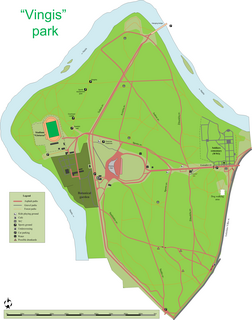
Vingis Park is the largest park in Vilnius, Lithuania, covering 162 hectares. It is located in a curve of the Neris River, hence its Lithuanan name: 'vingis' means "bend", "curve"; the same meaning has the historical Polish name of the location: Zakręt, Russified as Закрет, Zakret. A pedestrian bridge connects the park with Žvėrynas. It is used as a venue for various events, especially concerts and sports competitions. It contains a small botanical garden of Vilnius University, stadium, and an amphitheater.

The Bernardine Garden, previously known as Sereikiškės Park, is a public park in the city of Vilnius, Lithuania. It is located on the right bank of the Vilnia River between the Gediminas Tower and Bernardine Monastery and covers over 9 hectares. Most of its territory is parkland, divided in the monastery exposition, the botanic exposition and other recreational territory including a children's amusement park. It hosts a variety of festivals and exhibitions, including an amateur chess championship of Ostap Bender.

Tverečius is a town in Ignalina district municipality, in Utena County, eastern Lithuania. According to the 2011 census, the town has a population of 231 people.
The following is a timeline of the history of the city of Vilnius, Lithuania.

Vilnius University Astronomical Observatory is an astronomical observatory of Vilnius University. It was founded on 1753 by initiative of Thomas Zebrowski. The observatory is the fourth oldest observatory in the Europe. While the observatory is no longer able to make astronomical observations due to light pollution in Vilnius, it continues scientific research.
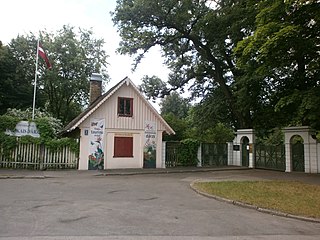
University of Latvia Botanical Garden is botanical garden in Riga, Latvia. It is the oldest botanical garden in Latvia.

Šiauliai University Botanical Garden is a botanical garden established in 1997 and operated by the Šiauliai University, and located at Paitaičių str. 4, Šiauliai, Lithuania.
